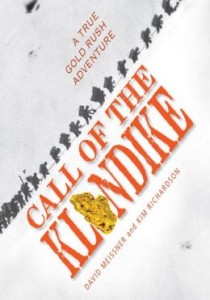Written by Leon Leyson
Leon Leyson was one of the boys on Schindler’s list. As explained in this memoir, he was so small at the time that he had to stand on a box to reach the buttons and dials of the machine he was operating. This sad, but not graphic depiction of the Holocaust, is important for fifth grade readers, sixth grade readers and beyond,
It is important that the world not forget what happened in our recent history. But it is also important that it be told in such a way that will not cause nightmares or fear of exploring the world. Lesson does an excellent job of separating the German people from those in the Nazi party. He trusted Germans before the war and returned to Germany after the war.
A remarkable thing about this memoir is the strength of hope exhibited and the resiliency of this young man. Again and again it seemed he would never see his family again. Over and over he was put in a line that would lead to his death. But still he survived. Thanks to Oscar Schindler. Most people were unaware of the heroic deeds of that one man until a movie was made. However, students in grades five an up might not be aware of the film.
As students, teachers and librarians continue to read and teach The Diary of Anne Frank, they should also be reading and teaching this memoir. This story continued on past the ghetto, the camps, and the death. Perhaps because of his age, young Leon was able to pick up his hopes and dreams and immigrate into the United States. He continued on to live a happy and productive life. For decades, his own children did not know the story of his being a Schindler’s boy in his teens.
How thrilled Leon was, though, in the fall of 1965 in Los Angeles, to have Oscar Schindler recognize and remember him.
This book will fulfill multiple literacy skills as well as history and social studies requirements in the core curriculum and should be part of every school library collection.









